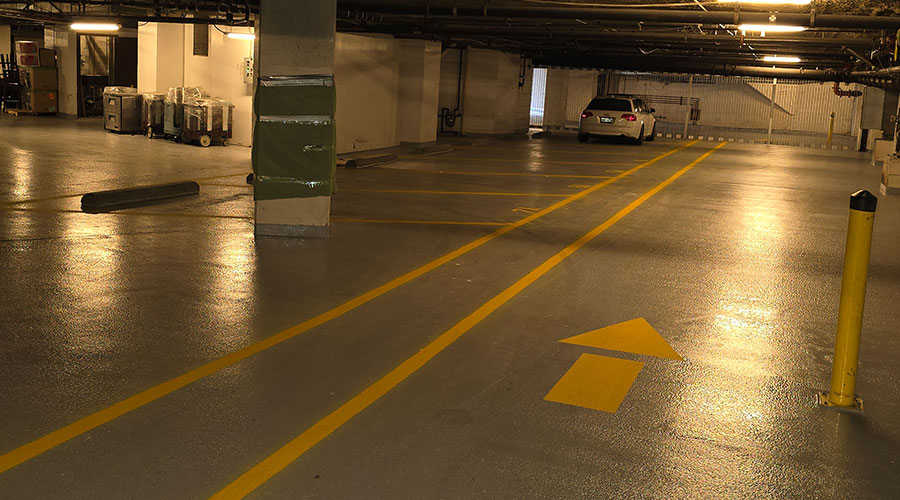Green Restrooms: Maintenance Scheduling Can Lead to Savings
Managers also can generate savings related to plumbing systems by updating the department’s planning function to include daily, full utilization scheduling. Departments will not be able to achieve any of the savings from the activities described earlier if the department does not have enough labor resources to do the work.
Many maintenance departments have experienced a shortage of technicians to keep up with plumbing-fixture installation and upgrades, preventive maintenance (PM), and repairs, as well as restroom cleaning, especially when economic conditions call for budget cuts.
Case studies repeatedly have proven a daily work planning, scheduling, and control program provides a low-cost opportunity for making greater amounts of scarce labor resources available for improvement.
Without full utilization planning, crews are generally only 50-60 percent productive through no fault of their own. Gaps exist between the end of one job and the start of the next.
Maintenance and engineering managers generally have one proven strategy for getting more staffing without hiring: Perform a work sampling to determine the percent of available time technicians are productive. Multiply that percent by 2,000 — 40 work hours per week multiplied by 50 weeks a year — then by the number of technicians. Subtract the result from full-utilization hours — 2,000 times the number of hourly technicians.
The result is the equivalent number of added staff positions that would be available at full utilization of work time. For example:
• Percent utilization, as determined by a work sampling: 60
• Number of technicians: 100
• Annual hours available — 2,000 x 100: 200,000
• Annual hours used — 0.60 x 200,000: 120,000
• Potential additional hours at full utilization — 200,000 − 120,000: 80,000
• Equivalent additional staffing positions at full utilization — 80,000 / 2,000: 40.
Even at 80 percent productivity, the gain is 40 multiplied by 0.80, or 32 positions. The bottom line is managers have a great deal to gain from this exercise.
Planners also can schedule deferred maintenance projects related to plumbing systems and restrooms. In-house crews can perform work previously contracted out. PM coverage can expand to include equipment not previously covered. Departments also can implement predictive maintenance programs. Reliability-centered maintenance can expand to ensure workers perform the highest-priority work first.
Making It Work
To start this process, a manager can establish a planning function and use standard task times, which define the amount of time it should take a technician to perform a task. Applied to work orders by a planner, standards costs typically break even in about a year and return about four times the implementation cost over time.
Managers can implement this program without increasing payroll. Coupled with effective daily scheduling and supervisory anticipation to stay ahead of the pace of work completion, this technique ensures managers have enough work ready to assign to keep crews productive each day. The important fact managers must determine is whether the total hours on work orders completed each day equals the total hours available.
This planned approach works because, without time standards, engineering and maintenance managers often overestimate the time it takes to do maintenance work. Most managers, supervisors and planners can remember when a major delay caused a job to take far longer than normal. They need to remember that delay and consider it during future planning.
Without standard guidelines, managers are likely to underutilize crews consistently if they do not plan and assign enough work daily to fully utilize available hours.
The average amount of time required for a maintenance work order is one hour. That means a crew of 100 technicians working 40 hours a day and 50 weeks a year has 200,000 hours available. That translates into 200,000 one-hour work orders — a wealth of often underutilized resources for plumbing system maintenance and everything else managers have on their plates.
Related Topics:












